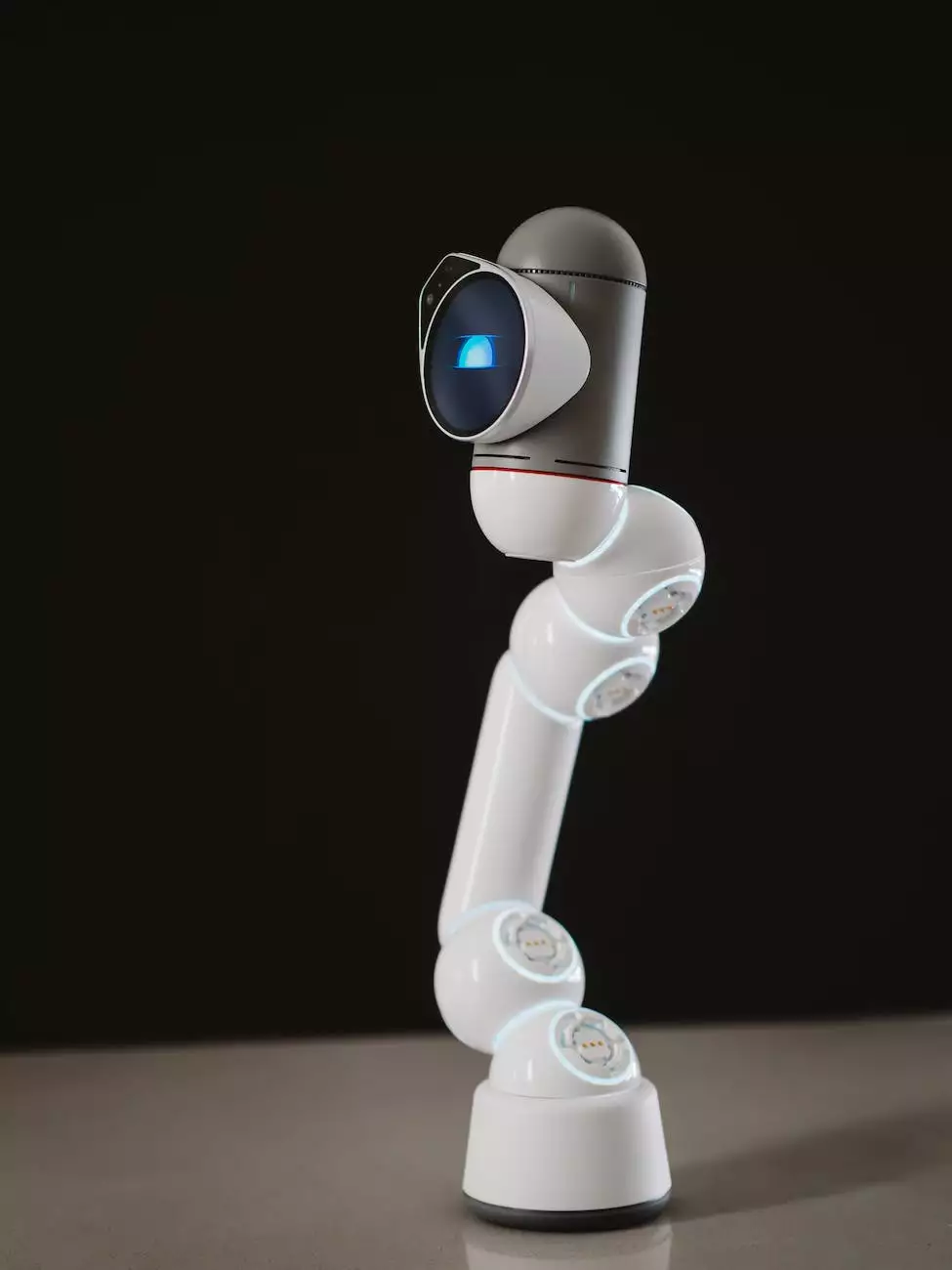Firmware Development Process, Challenges & Tools
Design & Build Services
Welcome to RPM Design and Prototype's comprehensive guide on firmware development! With years of experience in embedded systems, our team of experts is well-versed in the intricacies of firmware development processes, the challenges faced, and the tools utilized. In this article, we will delve into the complexities of firmware development, shed light on the common obstacles encountered, and highlight the tools we employ to deliver top-notch solutions.
The Firmware Development Process
The firmware development process involves a series of steps that are carefully executed to ensure the successful creation and implementation of firmware for embedded systems. At RPM Design and Prototype, we follow a proven, systematic approach that encompasses the following stages:
Requirement Analysis
Prior to the commencement of any firmware development project, a thorough analysis of the requirements is conducted. Our expert engineers work closely with clients to understand their specific needs, device functionalities, and desired outcomes. This comprehensive analysis lays the foundation for the subsequent stages of development.
Firmware Design
Once the requirements are identified, our team proceeds with the firmware design phase. This stage involves creating a roadmap for the firmware development process, outlining the system architecture, and mapping out the functionalities to be implemented. Our experienced designers ensure that the firmware design is optimized for performance, efficiency, and scalability.
Implementation
Following the design phase, the actual implementation of the firmware takes place. Our skilled developers employ industry-standard programming languages, such as C and C++, to write clean and concise code that aligns with the design specifications. Rigorous testing procedures are in place to identify and resolve any issues or bugs that may arise during the implementation phase.
Integration and Testing
Once the firmware implementation is complete, it is integrated with the target hardware for testing. Our team conducts extensive validation tests to ensure the firmware functions seamlessly with the embedded system. This stage involves various testing techniques, including unit testing, integration testing, and system testing, to validate the performance, reliability, and compatibility of the firmware.
Optimization
After successful testing, our experts focus on optimizing the firmware to enhance its performance and efficiency. Through careful analysis and profiling, we identify areas of improvement and optimize the code to minimize memory usage, reduce power consumption, and improve overall system responsiveness. Our goal is to deliver firmware solutions that outperform expectations.
Deployment and Support
Once the firmware is fully optimized and approved, we deploy it into the production environment. Our team provides comprehensive documentation for future reference and offers ongoing support to ensure that the firmware continues to function optimally throughout its lifespan. We understand the importance of timely updates and bug fixes to maintain the performance and security of the embedded systems.
Challenges in Firmware Development
As with any technical endeavor, firmware development presents its fair share of challenges. At RPM Design and Prototype, we have encountered and overcome numerous challenges throughout our extensive experience. Here are some of the common challenges faced during firmware development:
Hardware Constraints
Developing firmware for embedded systems often involves working with limited hardware resources, such as limited memory, processing power, and storage capacity. Our team is well-versed in optimizing firmware to operate within these constraints, ensuring optimal performance while maximizing resource utilization.
Real-Time Constraints
Many embedded systems require real-time responsiveness, where firmware must respond to external events within strict time constraints. Our experienced developers are adept at designing and implementing firmware solutions that meet real-time requirements, guaranteeing reliable and timely system responses.
Compatibility and Interoperability
Ensuring firmware compatibility and interoperability across different hardware platforms is often a significant challenge. Our team performs extensive testing to identify and resolve compatibility issues, ensuring that the firmware functions seamlessly across a wide range of embedded systems.
Security
Security is a vital aspect of firmware development, especially in applications that handle sensitive data or are susceptible to cyber threats. Our experts employ robust security measures, such as encryption algorithms and secure firmware updates, to protect against unauthorized access and ensure data integrity.
Version Control and Maintenance
Managing firmware versions, updates, and maintenance can be a complex and challenging task. Our team utilizes industry-standard version control systems and follows best practices for firmware maintenance, making it easier to track changes, identify issues, and deliver timely updates to clients.
Tools for Successful Firmware Development
To facilitate efficient and successful firmware development, RPM Design and Prototype utilizes a wide array of industry-leading tools and technologies. These tools play a crucial role in streamlining the development process and ensuring the delivery of high-quality firmware solutions. Here are some of the key tools we employ:
Integrated Development Environments (IDEs)
We leverage powerful IDEs, such as Eclipse, Keil MDK, and IAR Embedded Workbench, to provide our developers with feature-rich environments for writing and debugging firmware code. These IDEs offer advanced code editors, compilers, debuggers, and simulation capabilities, enhancing productivity and code quality.
Debugging and Testing Tools
To facilitate thorough testing and debugging, our team utilizes tools like JTAG debuggers, logic analyzers, and In-Circuit Emulators (ICE). These tools enable us to identify and rectify firmware issues quickly, resulting in robust and reliable firmware solutions.
Version Control Systems
Our development process incorporates version control systems like Git and Subversion, allowing us to track changes, manage multiple firmware versions, and collaborate effectively within the team. These systems promote streamlined development workflows, ensuring efficient and error-free firmware development.
RTOS and Middleware
To expedite firmware development and enhance system reliability, we employ Real-Time Operating Systems (RTOS) and middleware frameworks. RTOS, such as FreeRTOS and ThreadX, provide robust scheduling and task management capabilities. Middleware, like MQTT and TCP/IP stacks, enable seamless communication and connectivity in embedded systems.
Simulators and Emulators
We take advantage of simulators and emulators, such as QEMU and VirtualBox, to validate and test firmware in a simulated environment. These tools enable us to verify system behavior, simulate various scenarios, and detect and address potential issues before deploying firmware onto physical hardware.
Code Analysis and Optimization Tools
For code analysis and optimization, we employ tools like static code analyzers, profilers, and memory management tools. These tools assist us in detecting potential code vulnerabilities, identifying performance bottlenecks, and optimizing firmware to achieve higher efficiency and reliability.
By leveraging these advanced tools and technologies, RPM Design and Prototype ensures the development of firmware solutions that meet the highest standards of quality, performance, and reliability.
Conclusion
In conclusion, firmware development is a complex process that demands expertise, meticulous attention to detail, and the utilization of proven tools and technologies. At RPM Design and Prototype, we excel in delivering outstanding firmware development solutions, overcoming challenges, and addressing the unique requirements of embedded systems. Contact us today to explore how our expertise can empower your organization's firmware development journey.










